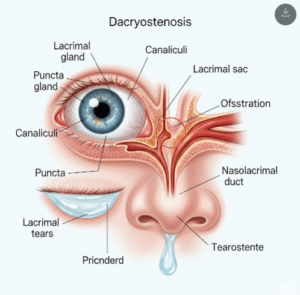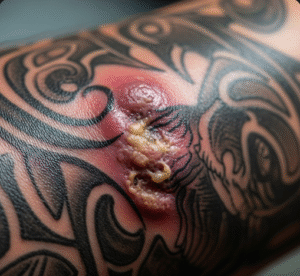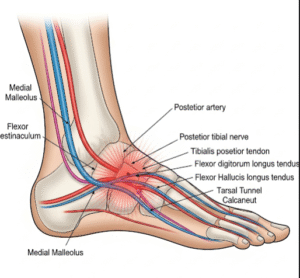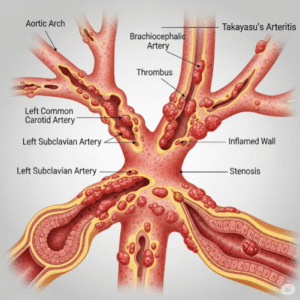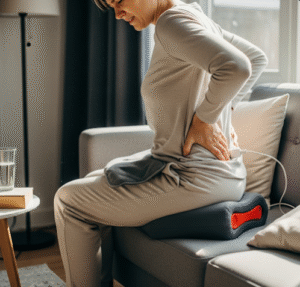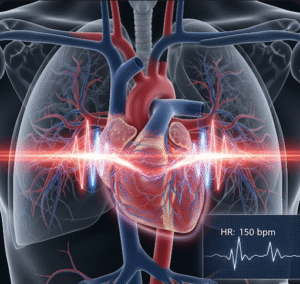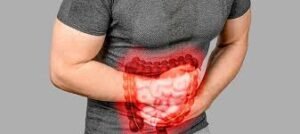Overview
Strains and sprains are common musculoskeletal injuries that affect muscles, tendons, and ligaments, often due to overuse, sudden movement, or trauma. In Korea, these injuries are frequently seen in sports, work-related activities, and everyday accidents. Korean hospitals and orthopedic clinics provide advanced diagnostic imaging, physical therapy, and surgical treatment for managing strains and sprains, ensuring rapid recovery and rehabilitation.
What are Strains and Sprains?
A strain is an injury to a muscle or tendon, usually caused by overstretching or tearing. A sprain, on the other hand, is an injury to a ligament, which connects bones to other bones and helps stabilize joints.
These injuries can range from mild (micro-tears or stretches) to severe (complete tears or ruptures), commonly affecting areas like the ankle, knee, wrist, lower back, or shoulder.
Symptoms
Symptoms vary based on severity and injury type:
- Pain at the affected site
- Swelling and bruising
- Limited range of motion
- Muscle weakness or joint instability
- Popping or tearing sensation during injury
- Tenderness or muscle spasms (especially in strains)
- Difficulty bearing weight (for lower limb injuries)
Causes
Strains and sprains are often caused by:
- Sudden twisting or turning motions
- Sports injuries or high-impact activities
- Overuse of muscles or joints
- Improper lifting techniques
- Falls or accidents
- Wearing inappropriate footwear or exercising on uneven surfaces
Risk Factors
Several factors may increase the risk of developing strains and sprains:
- Poor conditioning or lack of stretching
- Fatigue
- Previous joint or muscle injuries
- Inadequate footwear or gear
- Participation in contact sports or intense physical activity
- Slippery or uneven walking surfaces
Complications
Without proper care, strains and sprains may result in:
- Chronic pain or inflammation
- Joint instability or weakness
- Muscle atrophy due to immobility
- Tendon or ligament rupture (requiring surgery)
- Long-term mobility issues or arthritis in joints
Prevention
You can reduce the risk of strains and sprains by:
- Warming up before exercise or physical activity
- Using proper lifting techniques
- Wearing appropriate footwear
- Avoiding overuse or repetitive motion injuries
- Strengthening muscles around vulnerable joints
- Maintaining flexibility through regular stretching
- Using braces or supports if needed during high-risk activities
Treatment Options in Korea
Korea offers modern orthopedic care with efficient diagnostics and treatment for all grades of strains and sprains.
Diagnosis
- Physical Examination: To assess pain, swelling, and range of motion
- X-ray: To rule out fractures
- Ultrasound: For soft tissue damage assessment
- MRI: Detailed imaging of muscles, tendons, or ligaments for severe injuries
Medical Treatments
- R.I.C.E. Protocol (Rest, Ice, Compression, Elevation): First-line treatment
- NSAIDs: Pain relief and inflammation control (e.g., ibuprofen)
- Muscle relaxants or topical creams
- Crutches or slings: To avoid weight-bearing or motion
- Supportive taping or braces: Used in recovery phases
Surgical or Advanced Therapies
- Arthroscopic surgery: For severe ligament tears or joint instability
- Tendon or ligament repair surgery
- Minimally invasive procedures: Available at top Korean hospitals
- PRP (Platelet-Rich Plasma) therapy: For tendon healing in chronic cases
Rehabilitation and Support
- Physical therapy: Custom programs for strength, mobility, and stability
- Occupational therapy: For hand/wrist injuries affecting daily activities
- Ultrasound or electrotherapy: Used in many Korean clinics
- Gradual return-to-sport programs




